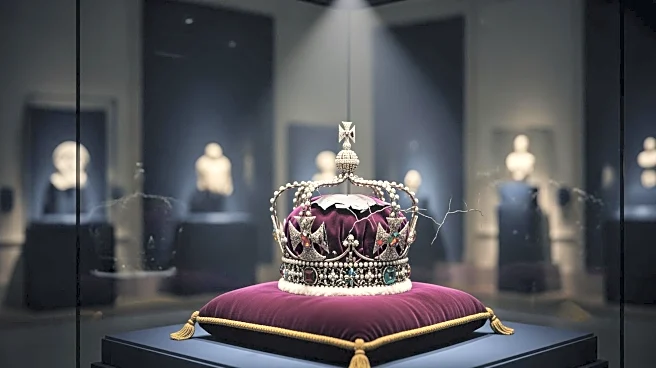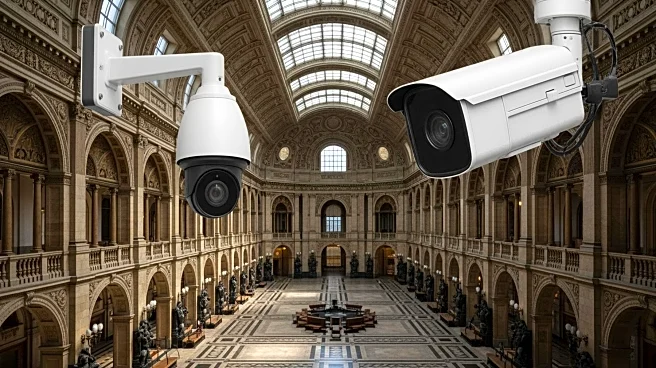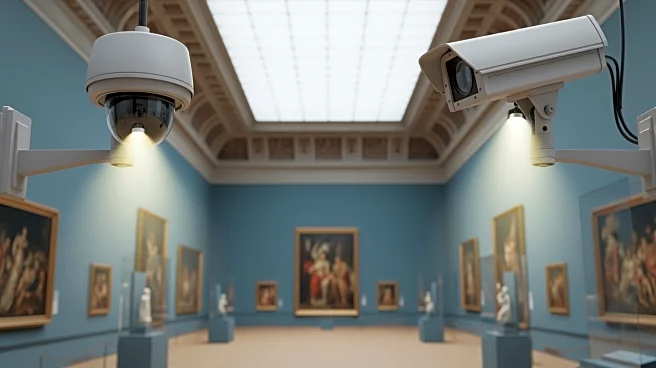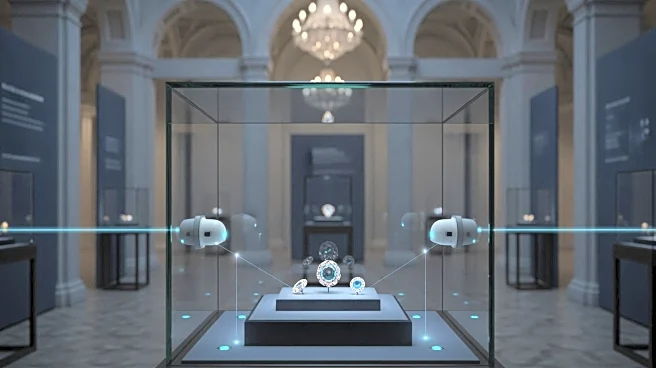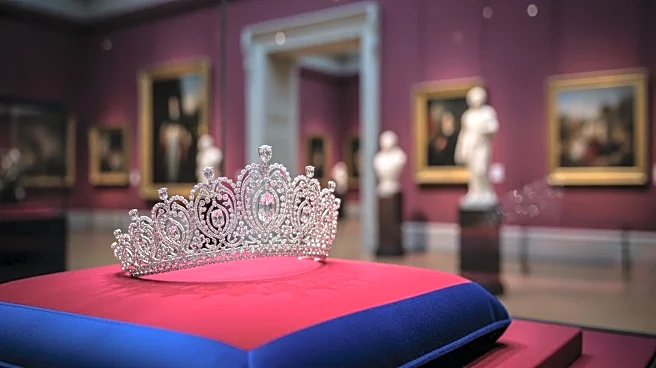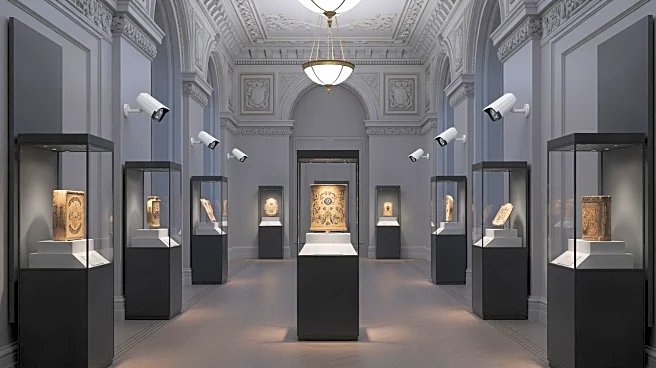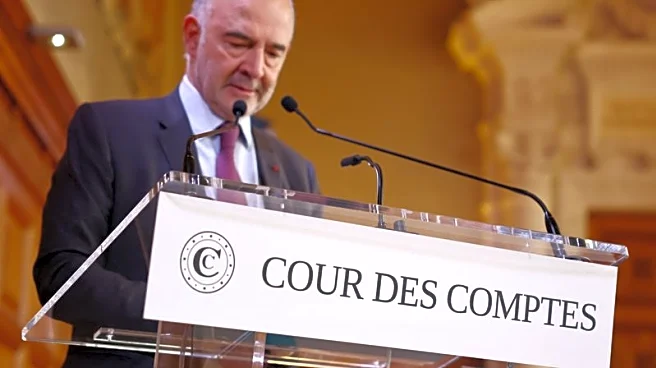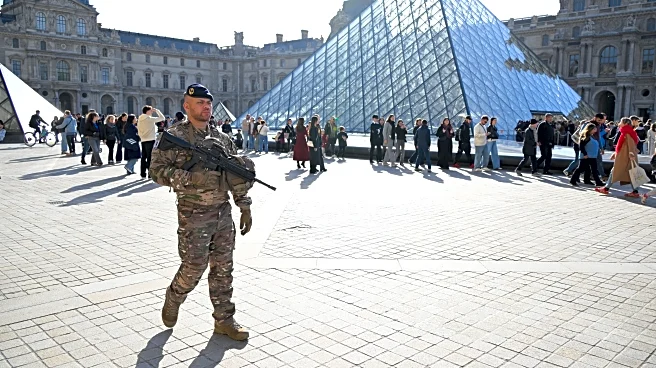What's Happening?
A recent heist at the Louvre Museum in Paris has raised concerns about security measures at museums worldwide. The theft involved a four-person team who stole jewels valued at 88 million euros ($102 million)
from the Apollo Gallery in broad daylight. A leaked report from France's supreme audit body, Cours de Compte, highlighted chronic under-investment in the museum's information systems, including a simplistic surveillance system password. Seven individuals have been arrested, with four formally charged. The Louvre has faced thefts before, including the famous disappearance of the Mona Lisa in 1911. The museum has not disclosed whether the recent heist will affect its security measures.
Why It's Important?
The Louvre heist underscores the vulnerability of cultural institutions to sophisticated thefts, prompting museums globally to reassess their security protocols. The incident highlights the need for investment in advanced security systems to protect priceless artifacts. Museums in the U.S. and elsewhere may face pressure to upgrade their security measures to prevent similar occurrences. The theft also raises questions about the adequacy of current security practices in safeguarding cultural heritage, potentially influencing public policy and funding priorities for museums.
What's Next?
Museums worldwide are likely to review and enhance their security systems in response to the Louvre heist. The incident may lead to increased collaboration among international cultural institutions to share best practices and technologies for safeguarding artifacts. Law enforcement agencies may intensify efforts to track stolen items and prevent future thefts. The Louvre's decision to restore the damaged crown of Empress Eugénie as a symbol of 'renaissance' may inspire other museums to focus on recovery and resilience.
Beyond the Headlines
The Louvre heist could trigger a broader discussion on the ethical responsibilities of museums to protect cultural heritage. It may also lead to debates on the balance between public access to art and the need for stringent security measures. The incident could influence long-term shifts in museum management practices, emphasizing the importance of cybersecurity and technological advancements in preserving historical artifacts.


